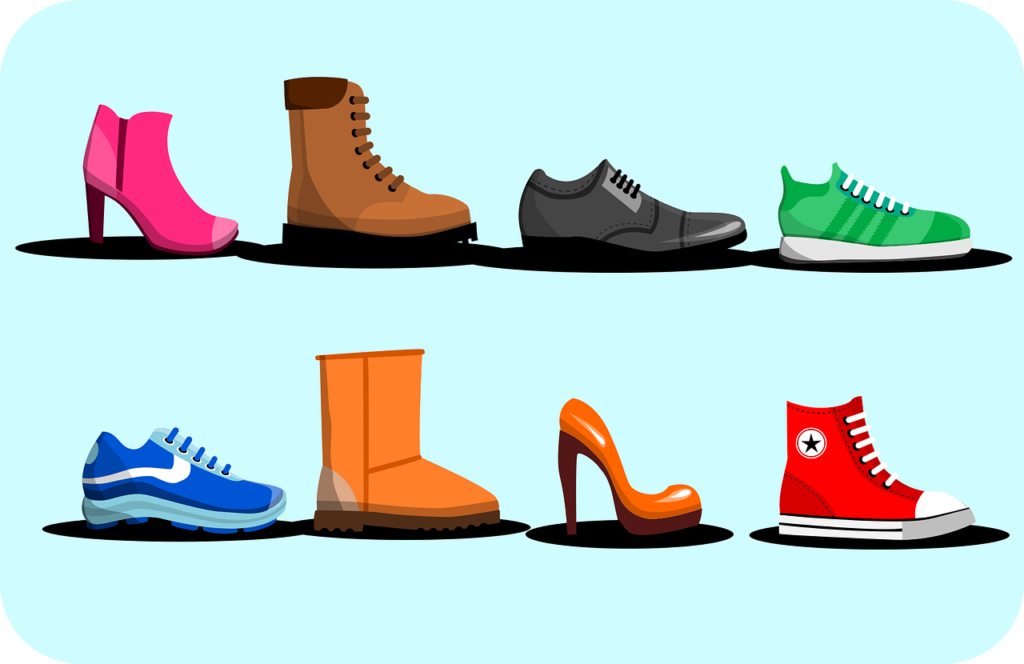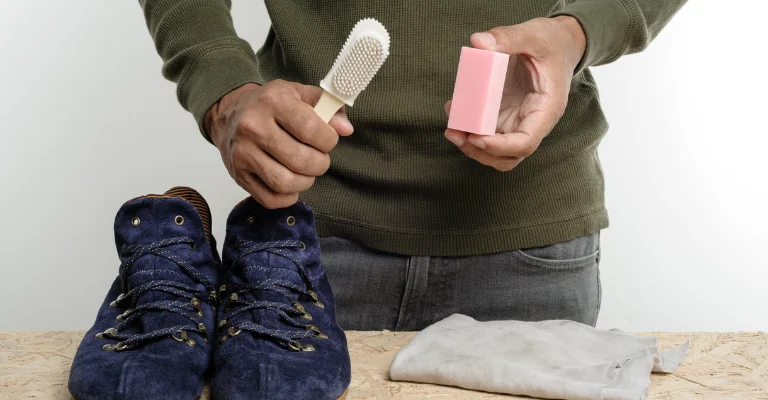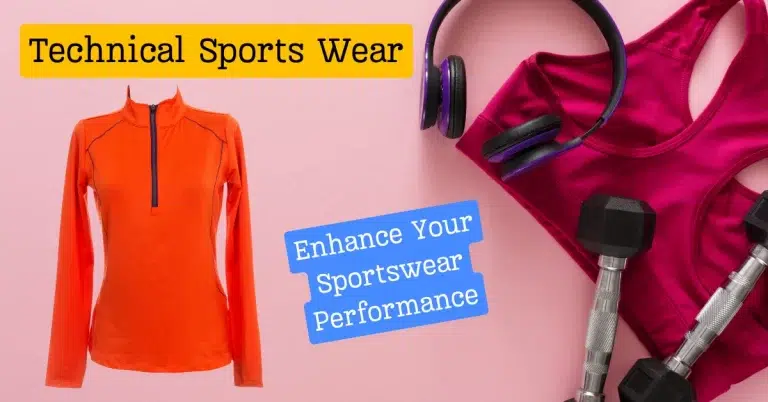5 Ways High Heels Flat Feet Can Be Lead
Are you looking for high heels that are comfortable for flat feet? Look no further! Our selection of flat-foot high heels are designed to provide support and cushioning while still being stylish. With various heel heights and styles, you will surely find the perfect pair of high heels for your needs.
High heels may look stylish, but they can exacerbate flat feet and lead to foot pain and other problems. This article explores 5 ways that wearing high heels negatively impacts flat feet, including increasing strain, altering gait, and more. Learn how to minimize the effects of high heels if you have flat feet.
As a woman who loves wearing high heels, I’ve experienced how these stylish shoes can cause foot problems over time. After years of wearing heels, I started developing flat feet, meaning my arches collapsed and my feet spread out.

High Heels Flat Feet
This experience prompted me to research the connection between high heels and flat feet. Here are Five ways that wearing high heels frequently can contribute to flat feet:
1. High Heels Weaken Foot Muscles
One of the main jobs of your foot muscles and tendons is to support the arches of your feet. When you wear heels, especially those over 2 inches, these muscles must constantly strain to lift your arches. Over time, this can lead to fatigue and weakening of the muscles. Weak foot muscles allow your arches to fall or “flatten slowly.”
2. Heels Reduce Shock Absorption
Normally, your arches act as shock absorbers, absorbing impact as your feet hit the ground. In heels, your feet cannot flatten out on impact, so the arches can’t act as effective shock absorbers. This puts more pressure on the arches over time, causing damage.
3. Unnatural Toe Positions
In heels, your toes are forced into an unnatural downward angle. This misalignment strains the ligaments and muscles along the bottom of the foot over time. This strain can contribute to arch collapse.
4. Excess Pressure on Balls of Feet
Heels shift your weight forward onto the balls of your feet. This alters your normal walking pattern and puts excessive pressure on the ball/front region of the feet. This can flatten the transverse arch at the front of your foot.
5. Improper Gait and Posture
Walking in heels changes your normal gait. The extra height pushes your center of gravity forward. To compensate, you overly arch your back, stressing the muscles. The incorrect posture from heels weakens the intrinsic muscles of the foot.
While heels may look great, frequent use can lead to long-term foot issues like flat feet. Try limiting heels to special occasions, wearing supportive shoe inserts, and doing foot strengthening exercises. Your feet will thank you!

Continue Reading to Dart Sports Pro or for more about Sports
Final Thoughts: (High Heels Flat Feet)
For those with flat feet, wearing high heels can exacerbate existing problems and cause new ones to arise. The strain, altered biomechanics, and other effects stemming from high heels are not ideal for flat feet.
If possible, those with flat feet may want to opt for lower heels or flat shoes to avoid further flattening their arches, misaligning their ankles and knees, and potentially causing long-term foot pain and deformities.
While high heels offer a stylistic boost, their costs often outweigh the benefits for those with flat feet. Being mindful of heel height and shoe choice can help keep flat feet comfortable and supported.






